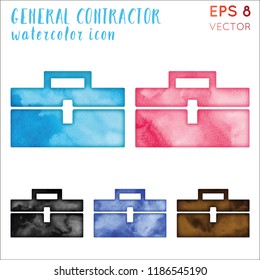Important Seasonal Aspects Of Commercial Outside Paint: What You Need To Recognize
Important Seasonal Aspects Of Commercial Outside Paint: What You Need To Recognize
Blog Article
Author-Aguilar Rosendal
When you're preparing a commercial outside painting job, seasonal elements can make or damage your results. You'll wish to consider just how temperature level and moisture effect paint application and drying out times. Selecting the ideal period can guarantee your paint adheres appropriately and lasts much longer. But which simply click the following post are absolutely the best for this kind of work? Allow' check it out out the key elements that can influence your project's success.
The Impact of Temperature on Paint Application
When you're intending an industrial exterior painting job, the temperature can significantly affect just how well the paint adheres and dries out.
Preferably, you want to repaint when temperatures range in between 50 ° F and 85 ° F. If it's too cool, the paint might not cure correctly, bring about problems like peeling or fracturing.
On the other hand, if it's as well hot, the paint can dry out also quickly, avoiding proper attachment and causing an unequal finish.
You need to additionally consider the time of day; morning or late afternoon offers cooler temperature levels, which can be extra beneficial.
Always check the producer's recommendations for the details paint you're utilizing, as they usually give advice on the suitable temperature level variety for optimal results.
Moisture and Its Impact on Drying Times
Temperature level isn't the only ecological aspect that influences your commercial outside painting project; humidity plays a significant role as well. High humidity levels can slow down drying out times significantly, influencing the overall high quality of your paint work.
When the air is saturated with moisture, the paint takes longer to heal, which can lead to issues like poor attachment and a higher threat of mold development. If you're repainting on a specifically damp day, be planned for prolonged delay times between layers.
It's critical to check local climate condition and strategy accordingly. Ideally, go for moisture levels between 40% and 70% for ideal drying.
Maintaining these consider mind ensures your job stays on track and delivers a long lasting surface.
Best Seasons for Commercial Outside Paint Projects
What's the most effective time of year for your industrial external painting projects?
Springtime and early loss are commonly your best options. Throughout these periods, temperature levels are mild, and moisture degrees are frequently reduced, developing excellent conditions for paint application and drying.
Stay clear of summer's intense heat, which can trigger paint to dry as well rapidly, bring about bad adhesion and coating. In a similar way, wintertime's cold temperature levels can prevent correct drying and healing, running the risk of the longevity of your paint job.
Go for days with temperatures in between 50 ° F and 85 ° F for optimal results. Bear in mind to examine the local weather prediction for rainfall, as wet conditions can wreck your project.
Planning around these variables ensures your painting task runs efficiently and lasts longer.
Conclusion
Finally, planning your industrial external paint projects around seasonal considerations can make a significant distinction in the end result. By organizing job during the ideal temperature levels and moisture degrees, you'll make certain better attachment and drying times. Remember to keep an eye on local weather report and choose the correct time of year-- spring and early fall are your best options. Taking these actions will help you achieve a long lasting and expert surface that lasts.
